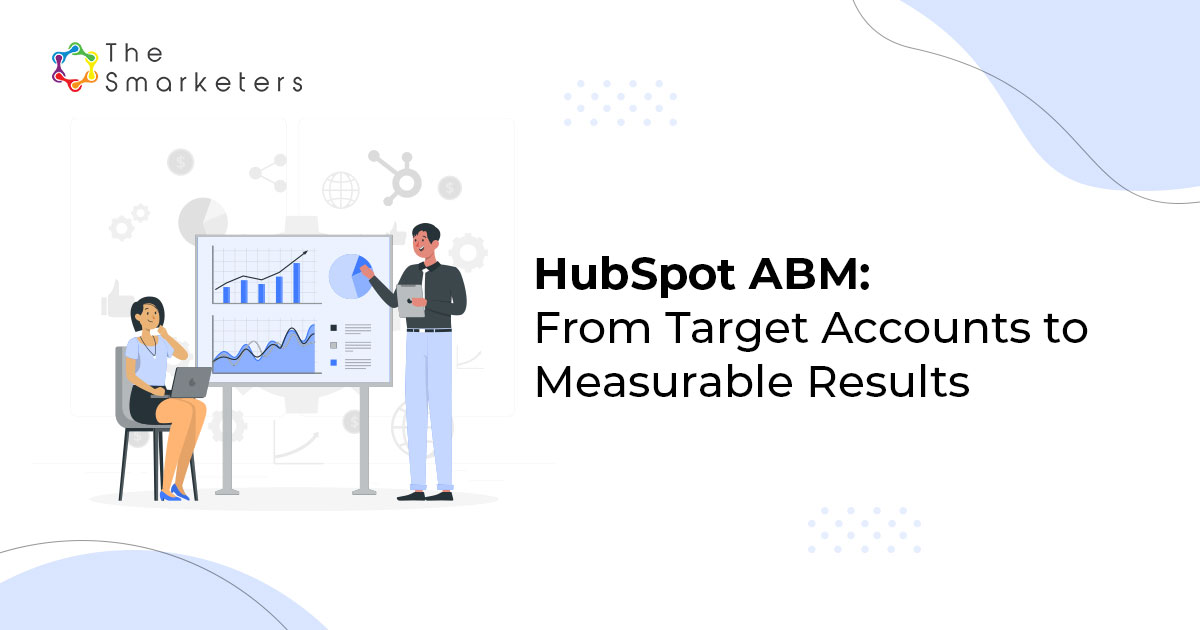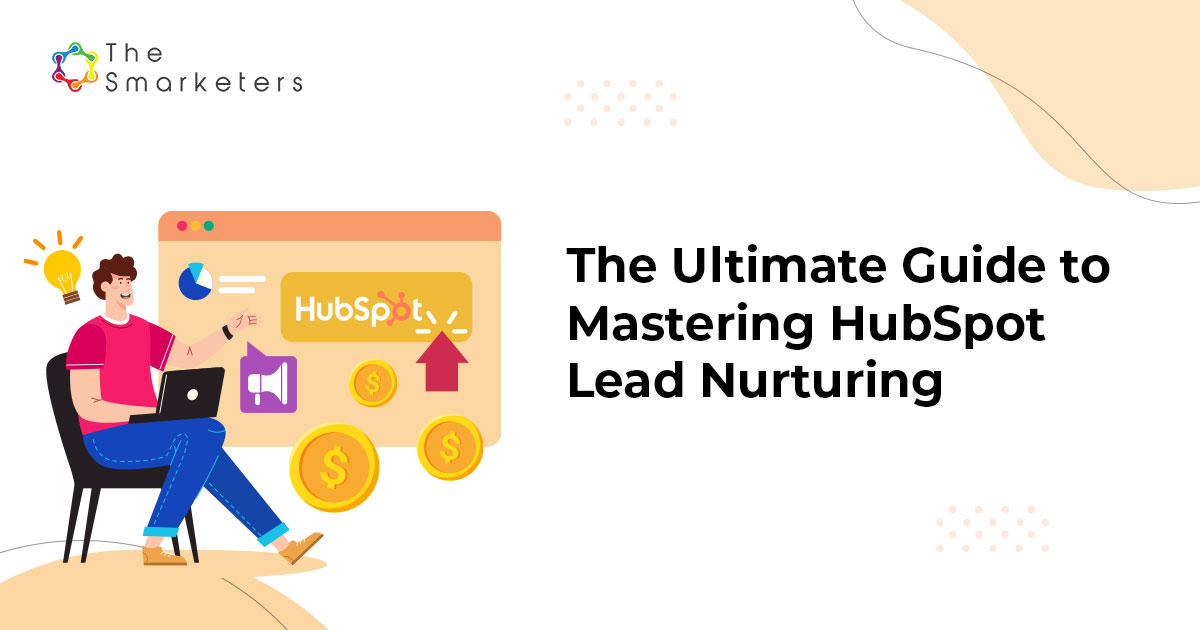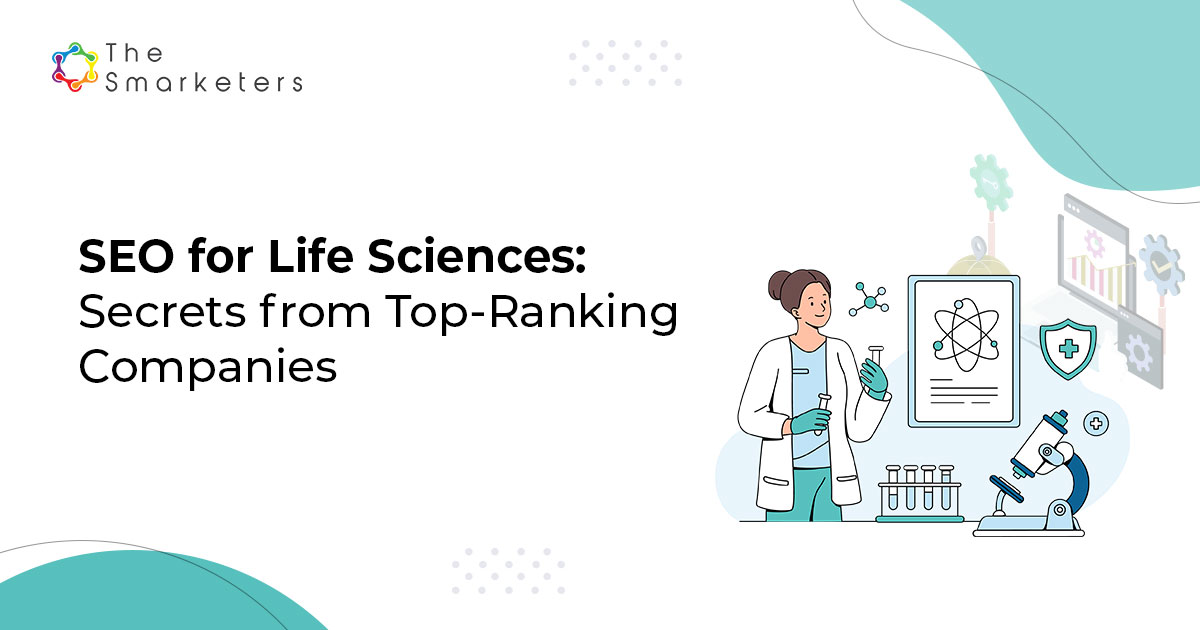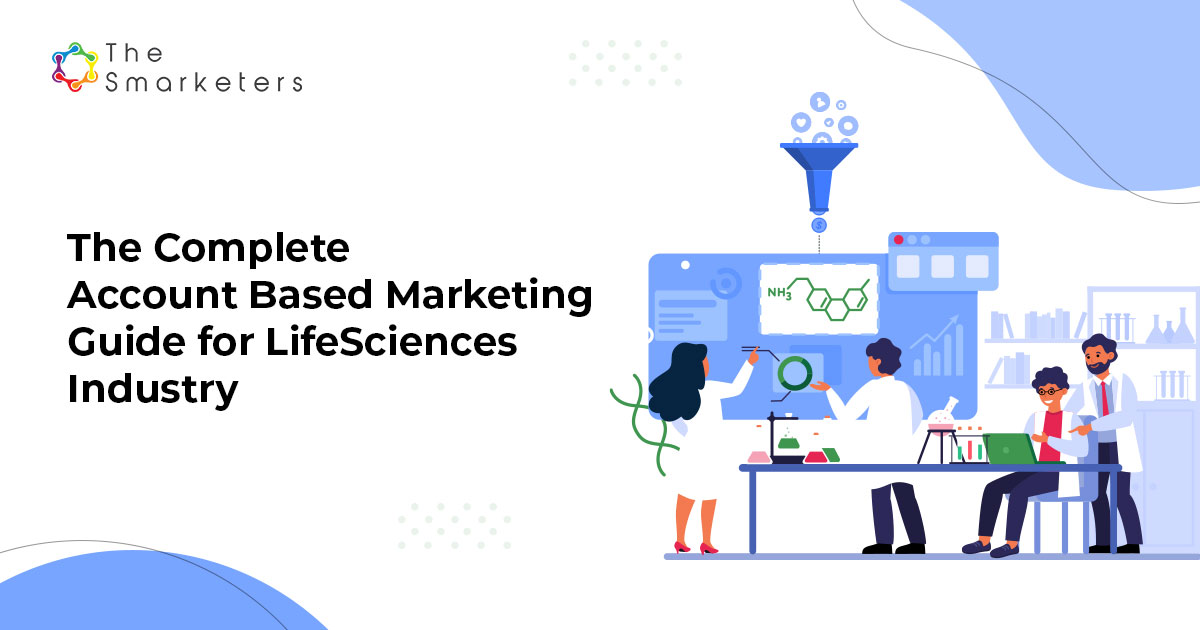Account-Based Marketing is a business marketing strategy used by enterprises. The strategy focuses on individual prospects or customer accounts. These customer accounts are companies and not individual people.
Therefore, marketing is based on a given account – existing or prospective. It is most relevant to B2B efforts.
ABM is an evolution from account-based selling, which now includes marketing as well.
ABM focuses on having a targeted funnel with qualified leads as opposed to a conventional campaign cycle. Due to the proliferation of B2B technology companies competition is higher.
Hence targeting key customers and retaining them is essential.
According to Forrester, less than 1 percent of leads turn into revenue-generating customers. So to generate high-quality leads that drive revenue, marketers should leave conventional practices and choose something radical.
Hence, marketers are embracing ABM as it delivers outcomes that matter to businesses: increased pipeline and revenue.
Currently, revenue creation and pipeline generation are playing key roles in marketing than they historically have. As a result, it is critical to align marketing and sales strategies. And if done correctly ABM delivers on both revenue creation and pipeline generation.
Like any strategy, Account-Based Marketing (ABM) follows certain rules. Here are seven ABM rules that help you run an effective campaign:
Rule #1: Identifying target accounts
For any marketing strategy to succeed, identifying the target accounts is crucial. You might have a great strategy, but unless you know whom to target, your strategy will not account for much.
As ABM deals with organizations, the target audience should not be confused with the personas used while dealing with individual customers.
There should be a collaborative effort between both the marketing and sales teams, in identifying target accounts.
Data such as location, annual revenue, as well as strategic factors like market influence, the likelihood of repeat purchase and expected profit margin, are required from both teams.
Rule#2: Creating the required content
After gathering information regarding the key players within each account, creating new content for them is the next step. That content should speak more about the pain points specific to businesses and not just to those specific employees.
It might seem from this step that ABM and inbound marketing are not that different and are able to work together and it’s clear that compelling content plays a major role in reaching account-based targets.
Your content shouldn’t be boring or impersonal. The needs of your organization, the expectations of the current target accounts and the new incoming data on what’s working and what’s not should be taken into consideration while building a content pipeline.
Once there is a firm picture of high-value segments it is advisable to depend on the content library, but make sure it needs to be exhaustive, versatile, and varied.
Lastly, it is necessary to monitor these results by using the following guidelines:
- Are you growing the list of known individuals within the targeted account?
- Is there any change in the way these accounts are engaging with your brand and its content?
- How much revenue have we generated from these target accounts?
[button class=”mybtn mybtn-big mybtn-orange ” target=”_blank” url=”https://www.thesmarketers.com/services/account-based-marketing-agency/” ]Check out our Account-Based Marketing Services[/button]
Rule #3: Choosing the right channels
Consumers will drive your content marketing strategy. Research as much as possible about the channels they are using the most. How they behave on each channel, how they interact with content and what they find valuable should be given a lot of attention.
The strategy should be focussed on the consumer, not the channel.
Touching the consumer at every stage of their purchase journey should be your long term strategy.
Never stop researching and consistently engaging with your consumers. Mastering these two tactics and producing fresh, relevant messages should be an efficient process.
Buzzfeed is the best example for this as they managed to build an incredible followers base by focussing on content people want to share. Enticing videos have done so well for them for this reason.
To be effective it’s not just about putting out the best content, it’s also about using the right channels to promote and deliver, based on what’s effective for an organization.
To get an idea about the channels in which people within each account are most likely to use, and how they consume the content it would be helpful to refer to the Pew Research Center demographics of social media users. It sheds light on profiling the users in social media platforms (i.e. Facebook, Pinterest, Instagram, LinkedIn, and Twitter).
Rule #4: Running the campaign
While promoting content, one critical point that should be remembered is that in B2B, potential buyers are limited. This means coordination of the messages across channels is essential.
Sending different signals to the same person within a target account should be avoided.
According to Demandbase, 82% of the visitors to B2B sites cannot be considered as prospects. So, leveraging the right channels to target the right accounts and making sure the messaging isn’t repetitive becomes crucial.
Rule #5: Plan and prescribe with data
The quality of the data determines the success of any ABM campaign. Planning and leaning on it for prescriptive solutions are the best ways to leverage data.
Efficiency will be lost if one doesn’t have prescriptive analytics in place for the areas of marketing where it makes sense. It’s better to look at the numbers to inform your plans rather than making assumptions.
Data is great, let it work for you!
To get the holistic view of the customers in order to derive meaningful insights locate and connect with customer data from across the organization. It is important to look beyond just the firmographic data.
Data should be captured and analyzed when the competitor tweets to a competitor that he’s interested in a new feature or describes the new feature to a sales rep.
Here are a couple of pro-rules for ABM, that no one in the business will tell you!
Pro-Rule #6: Mapping accounts & identifying key players
To dictate a product or a service to the targets, one should be familiar with elements like the company structure and their decision-makers and influencers.
Manual research might be required to get this information if you don’t have it already. One of the excellent ways to uncover data is by using LinkedIn (you can do a fairly simple advanced search to find the results).
Pro-Rule #7: Collaboration between departments
Involvement with every account-period should be done by both sales and marketing. Right systems, tools, and personnel ensure smooth collaboration. Regularly following these strategies will result in an effective and efficient ABM.
Ready to get Account-Based?
Account-based marketing might seem to be overwhelming from the outset. However, if you break it, down, ABM isn’t too complicated.
It also works quite well with some of the inbound principles that we hold so near & dear and that it’s not so different from inbound marketing.
Just like we said above, find those targets. Help them find you with inbound marketing!














